
Mehmed the Conqueror and the Orthodox Intellectuals: A Forgotten Chapter of Interfaith Dialogue
The conquest of Constantinople in 1453 marked not only the rise of a new political era but also the beginning of a fascinating intellectual transformation. Under the rule of Sultan Mehmed II, often known as Mehmed the Conqueror, the Ottoman court became a unique space where religious leaders, philosophers, and scholars from various backgrounds engaged in dialogue and cooperation.
A New Beginning for the Patriarchate
Shortly after the conquest, Sultan Mehmed appointed Gennadios II Scholarios as the new Ecumenical Patriarch of Constantinople. This decision was not just administrative—it symbolized a commitment to preserving the spiritual and cultural identity of the city’s Christian community. Today, the mosaic of Sultan Mehmed and Patriarch Gennadios at the Greek Orthodox Patriarchate in Fener remains a powerful visual reminder of this historic moment.
From the Council of Florence to the Ottoman Court
Three out of four Orthodox scholars who participated in the Council of Florence—which aimed to unite the Eastern Orthodox and Roman Catholic Churches—eventually aligned themselves with the Ottoman administration. Among them, Georgios Scholarios, initially a monk and a leading figure against church unity, was later named Patriarch by Mehmed himself. His return to prominence illustrates the Sultan’s openness to divergent viewpoints, especially those rooted in deep theological and philosophical tradition.
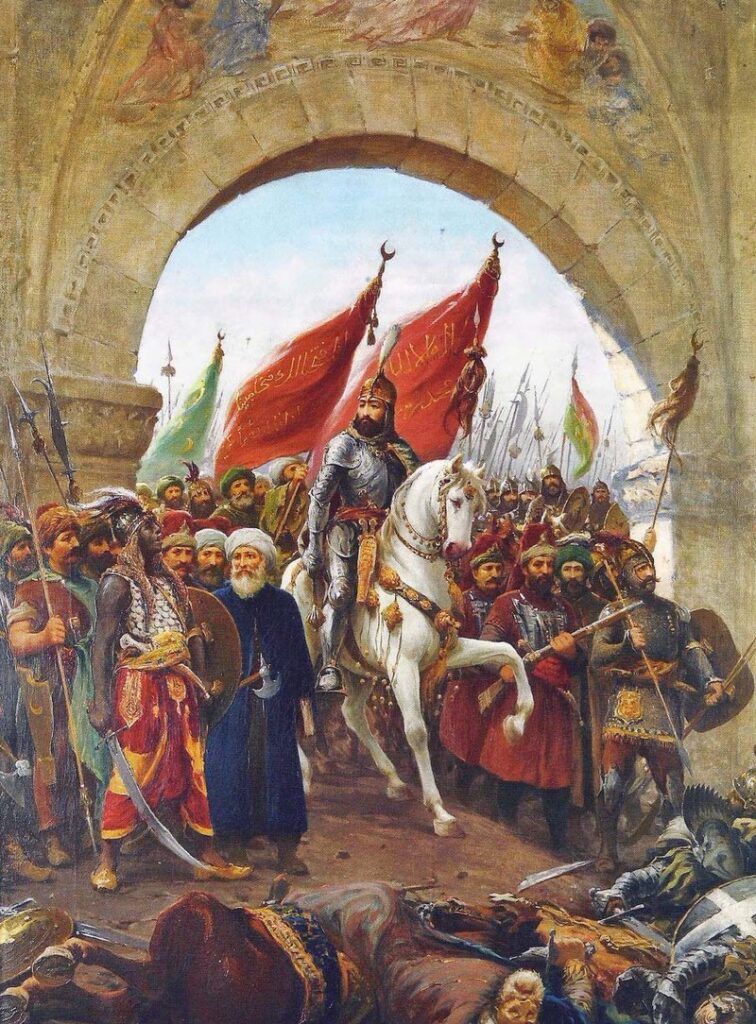
The Rise of Georgios Amiroutzes
Another key figure of the time was Georgios Amiroutzes, a respected philosopher and political thinker. Known for his sharp intellect, Amiroutzes played a significant advisory role in the Ottoman court. His influence reflected the broader environment of the time—an environment where philosophical debate and religious thought were not only welcomed but encouraged at the highest levels of power.
Georgios of Trebizond: Seeking a Synthesis of Truth
Perhaps the most intriguing story belongs to Georgios of Trebizond, who presented a bold philosophical manuscript to the Sultan shortly after the conquest. In “On the Truth of the Christian Faith,” he argued that Christianity and Islam shared essential truths and that a synthesis of beliefs could foster unity within the empire. Rather than sow division, he believed interfaith dialogue could serve as a foundation for long-lasting harmony.
Georgios had previously served as an advisor to Pope Paul II and was a mentor to Venetian cardinal Pietro Barbo. However, after the fall of Trebizond, he suggested an unconventional idea to Mehmed: instead of seeking peace with Rome, why not pursue unity by bridging Orthodox Christianity and Sunni Islam? While such proposals were visionary and complex, they reflect the vibrant intellectual climate of the era rather than a call to religious conflict.
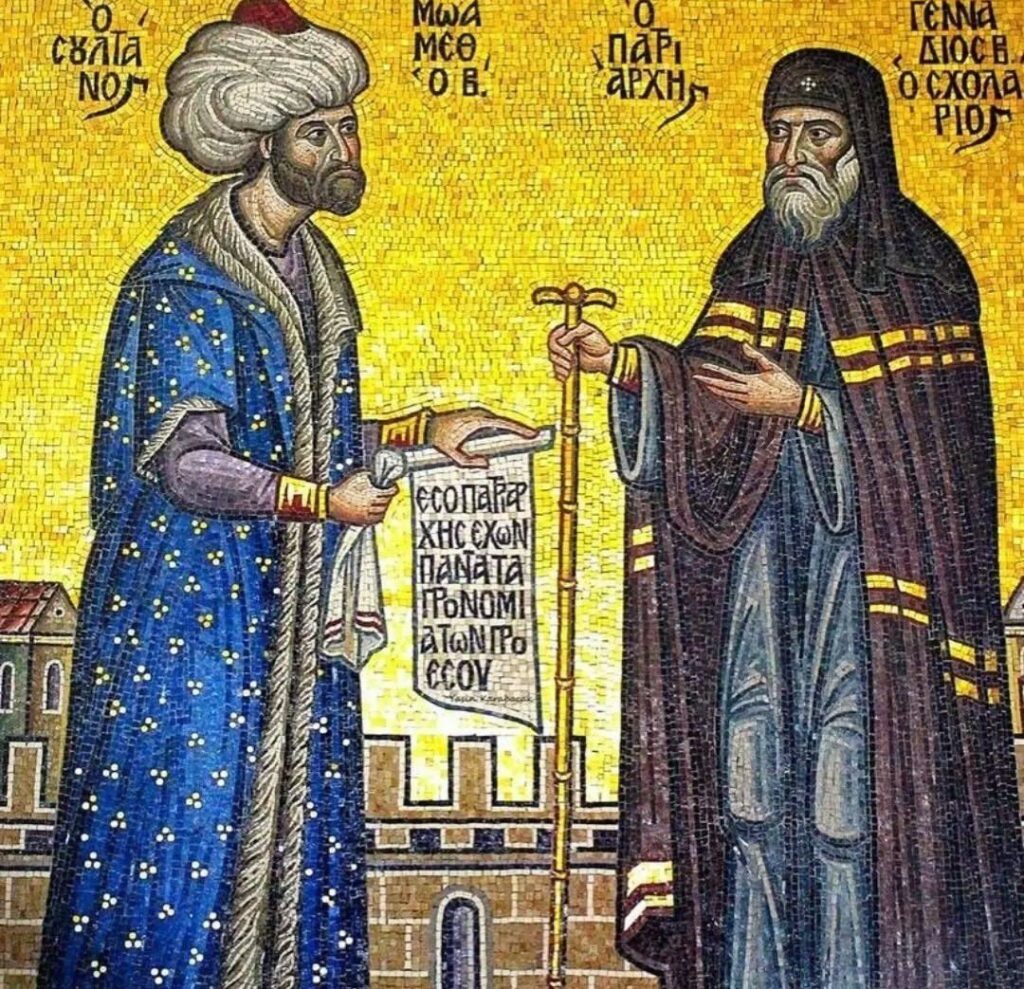
Sultan Mehmed II: A Leader Beyond the Sword
More than a conqueror, Mehmed II emerges from history as a ruler with a profound curiosity for knowledge, language, and cross-cultural exchange. Fluent in several languages and deeply interested in theology and philosophy, he viewed intellectual diversity as a strength rather than a threat. His court became a rare space where thinkers from various faiths and regions could engage in meaningful discussion.
A Timeless Message of Dialogue and Coexistence
The relationship between Mehmed the Conqueror and Orthodox intellectuals offers a powerful lesson for today’s world: true strength lies not in domination, but in understanding. Through respectful dialogue, scholarly exchange, and openness to different perspectives, it is possible to build bridges that transcend religious and cultural boundaries.
The legacy of this period reminds us that empires may rise and fall, but ideas have the power to endure—and to unite.
You may also like
- A 1700-year-old statue of Pan unearthed during the excavations at Polyeuktos in İstanbul
- The granary was found in the ancient city of Sebaste, founded by the first Roman emperor Augustus
- Donalar Kale Kapı Rock Tomb or Donalar Rock Tomb
- Theater emerges as works continue in ancient city of Perinthos
- Urartian King Argishti’s bronze shield revealed the name of an unknown country
- The religious center of Lycia, the ancient city of Letoon
- Who were the Luwians?
- A new study brings a fresh perspective on the Anatolian origin of the Indo-European languages
- Perhaps the oldest thermal treatment center in the world, which has been in continuous use for 2000 years -Basilica Therma Roman Bath or King’s Daughter-
- The largest synagogue of the ancient world, located in the ancient city of Sardis, is being restored

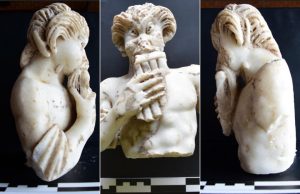
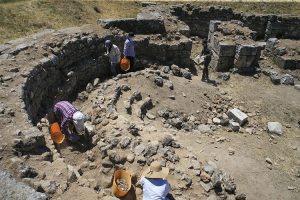
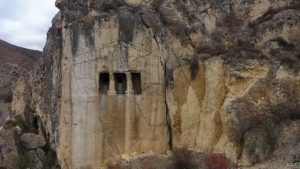
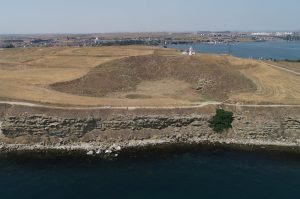

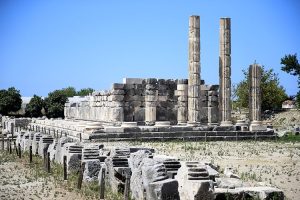
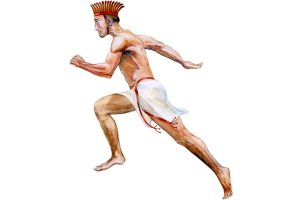

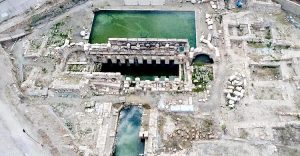
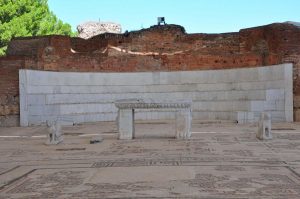
Leave a Reply